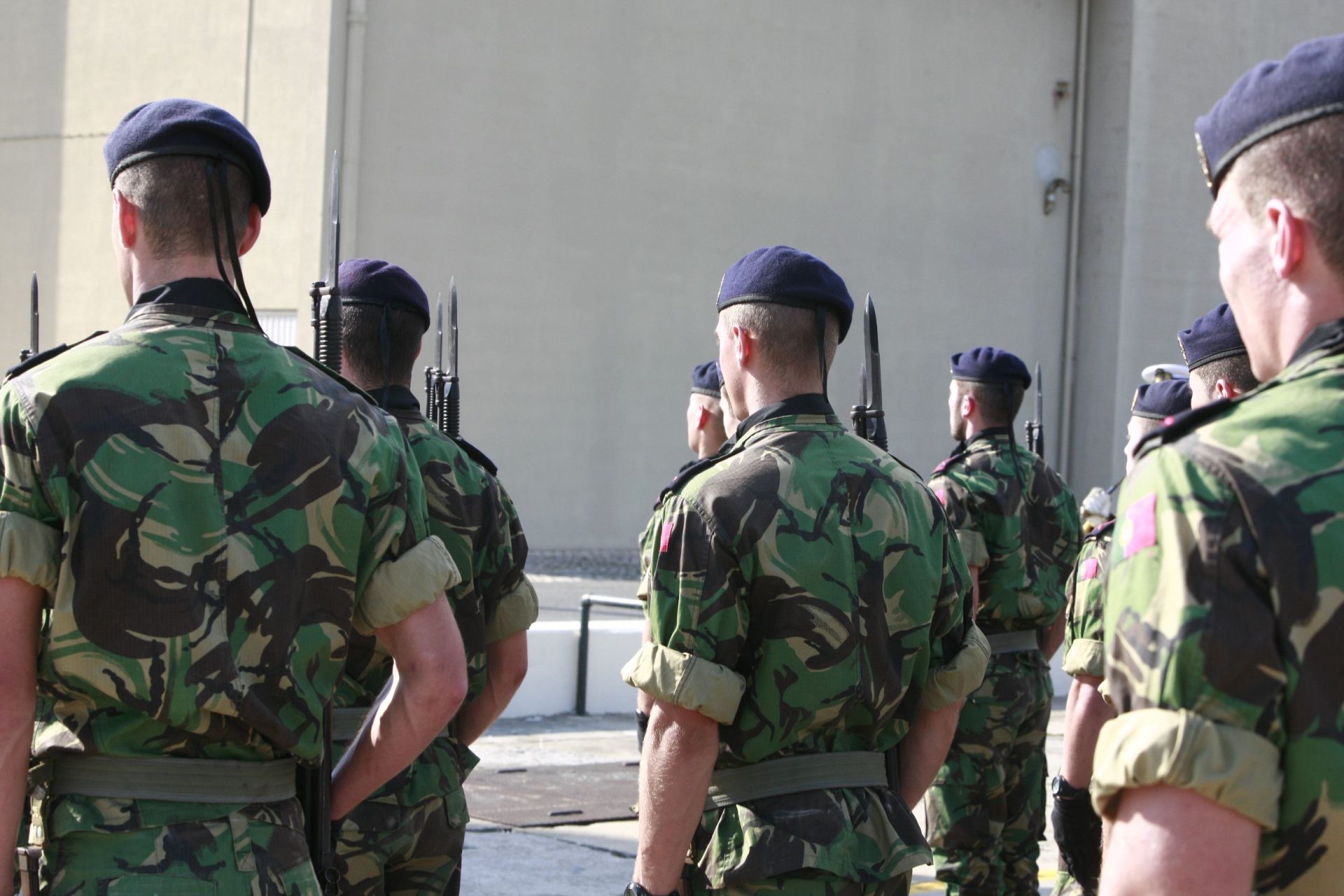Gaza. Hell on earth awaits a lasting ceasefire

Two years after the unprecedented attack of the Israelite army has begun, Gaza, at this time negotiations, mediated by the United States, to a ceasefire, which allows a hungry and constantly displaced population to come.
Donald Trump’s envoy-mediated negotiations, Steve Witkoff, predict a 60-day ceasefire during which the terrorist group Hamas commits to free half of the living hostages and half of the dead hostages. The proposal, which was accepted by Israel, has had a return-face in recent days, because Hamas has imposed new conditions for the agreement.
The terrorist group agrees to return 10 live hostages and 18 bodies of dead hostages, but in five stages, unlike the original proposal. In short, Hamas wants to extend the release of hostages (four on the first day of truce, two at the end of 30 days, and the remaining four on the last day of respite), regarding the delivery of the dead hostage bodies, the group’s proposal is that they will be delivered at two different moments, with no set date. In the counterproposal of the group that controls the Gaza Strip, the liberation of more than a thousand Palestian priced from Israeli prisons and the guarantee of a greater flow of United Nations trucks, with humanitarian aid to the population, facing a humanitarian catastrophe situation.
In response, Witkoff said the Hamas counterproposal is totally unacceptable. And that a 60-day ceasefire will only be possible if Hamas fulfills the initial agreement: return half of the living hostages and half of the dead hostages.
Israel is also not available to change the conditions of an agreement that had already accepted and in recent days has reinforced attacks on the Gaza Strip.
The law of hunger On the ground the situation is increasingly severe, the weekend was marked by gradually foods with food that managed to enter the territory, only 30 on Saturday, when before the conflict entered 500 a day.
At the entrance of the first vehicles in the Gaza Strip, thousands of hungry Palestinians prevented the circulation of trucks and piled the food groceries. The installed chaos led Israelite soldiers to fire on the population, causing dozens of deaths, including children and the elderly.
After an 11 -week blockade, during which Israelite forces prevented humanitarian aid in the territory, some vehicles have been allowed in the last 12 days, much lower than it would be needed, which has caused population piles.
The United Nations say the situation in Gaza has been the worst since the beginning of the war between Israel and Hamas 19 months ago. The UN states that, in the last 12 days, it was able to transport only about 200 humanitarian aid trucks to Gaza and there are doubts about how much of this aid has come to the needy, as many of the vehicles are robbed by the hungry population. impaired by insecurity and access restrictions made by the Israelite army.
According to reports by UN employees on site, the Israelite army has made it difficult to reach the population’s help, « Israelite authorities did not allow us to bring a single meal ready for consumption. The only allowed food was bakery flour. Even if it was allowed in unlimited amounts, which did not happen, it would not represent a complete diet for anyone, » the UN spokesman for humanitarian affairs said.
The process of arrival of help to populations is being very difficult because Israel inspects all shipments and then lets only trucks follow to the Palestinian side, where they transfer loading to other vehicles waiting across Kerem Shalom’s passage, on the border between Enclave and Egypt. In addition to the many lives lost in the conflict, the number of Palestinians who have died is uncertain, or are at risk of hungry, in a situation that has led the international community to intensify appeals to cease immediate fire.
19 months of war The war in Gaza lasts since 2023. On October 7, dozens of Hamas combatants crossed the border between the Gaza and Israel track, by land and air, in an attack that caught the Israeli authorities by surprise. Hamas terrorists invaded Kibutz in the south of the country and a music festival that was held in the area. Following the attack died 1,200 people and about 250 hostages were made that were taken to Gaza.
The attack traumatized Israel, which since the first hour has classified him as the biggest attack on the Jewish people since the Holocaust. Internally the government was accused of negligence because it was caught by surprise in an attack of this dimension. Benjamin Netanyahu promised revenge and triggered an unprecedented attack against the enclave in the hands of Hamas. The goal set from the first hour is the destruction of Hamas, but the task is considered by many impossible and even among the Israelites, the prime minister has been accused of not giving priority to liberation of hostages. The demonstrations follow, but nothing has made Tel Aviv’s government demoid.
In 19 months of successive attacks, there were only two ceasefire accepted by both parts, the longest occurred earlier this year and lasted two months. During this period some hostages were released and on the Israelite side, hundreds of Palestinian prisoners were released. After two months Israeli attacks returned to the Gaza Strip and the trail of destruction reaches virtually the entire territory.
Unconfirmed data point to nearly 60,000 dead since the beginning of the attacks, of these, it is estimated that more than 14,000 are children. The humanitarian situation at Enclave worsens every day and has been motivating more and more criticism in the world. Even the Trump administration, which at first gave signs of giving Carta to the government of Tel Aviv, now seems to be committed to placing a brake to the Israeli Prime Minister. The current ceasefire proposal is proof that the White House may be changing position.






:format(jpeg):fill(f8f8f8,true)/s3/static.nrc.nl/taxonomy/9622f8f-Zo%2520simpel%2520is%2520het%2520niet_Nieuwsbrief_16x9.png)
